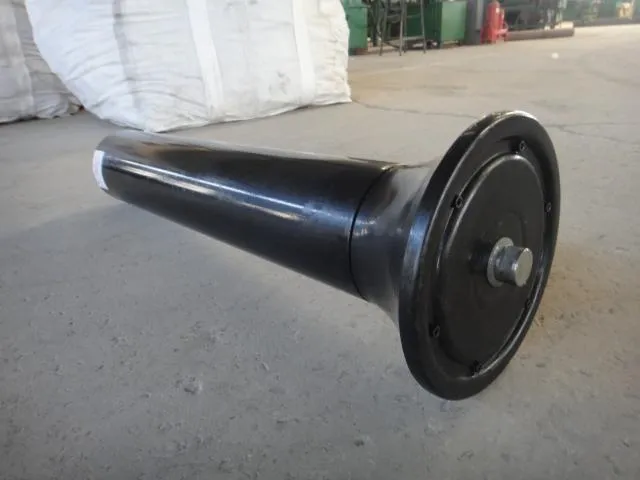 Afrikaans
Afrikaans  Albanian
Albanian  Amharic
Amharic  Arabic
Arabic  Armenian
Armenian  Azerbaijani
Azerbaijani  Basque
Basque  Belarusian
Belarusian  Bengali
Bengali  Bosnian
Bosnian  Bulgarian
Bulgarian  Catalan
Catalan  Cebuano
Cebuano  Corsican
Corsican  Croatian
Croatian  Czech
Czech  Danish
Danish  Dutch
Dutch  English
English  Esperanto
Esperanto  Estonian
Estonian  Finnish
Finnish  French
French  Frisian
Frisian  Galician
Galician  Georgian
Georgian  German
German  Greek
Greek  Gujarati
Gujarati  Haitian Creole
Haitian Creole  hausa
hausa  hawaiian
hawaiian  Hebrew
Hebrew  Hindi
Hindi  Miao
Miao  Hungarian
Hungarian  Icelandic
Icelandic  igbo
igbo  Indonesian
Indonesian  irish
irish  Italian
Italian  Japanese
Japanese  Javanese
Javanese  Kannada
Kannada  kazakh
kazakh  Khmer
Khmer  Rwandese
Rwandese  Korean
Korean  Kurdish
Kurdish  Kyrgyz
Kyrgyz  Lao
Lao  Latin
Latin  Latvian
Latvian  Lithuanian
Lithuanian  Luxembourgish
Luxembourgish  Macedonian
Macedonian  Malgashi
Malgashi  Malay
Malay  Malayalam
Malayalam  Maltese
Maltese  Maori
Maori  Marathi
Marathi  Mongolian
Mongolian  Myanmar
Myanmar  Nepali
Nepali  Norwegian
Norwegian  Norwegian
Norwegian  Occitan
Occitan  Pashto
Pashto  Persian
Persian  Polish
Polish  Portuguese
Portuguese  Punjabi
Punjabi  Romanian
Romanian  Russian
Russian  Samoan
Samoan  Scottish Gaelic
Scottish Gaelic  Serbian
Serbian  Sesotho
Sesotho  Shona
Shona  Sindhi
Sindhi  Sinhala
Sinhala  Slovak
Slovak  Slovenian
Slovenian  Somali
Somali  Spanish
Spanish  Sundanese
Sundanese  Swahili
Swahili  Swedish
Swedish  Tagalog
Tagalog  Tajik
Tajik  Tamil
Tamil  Tatar
Tatar  Telugu
Telugu  Thai
Thai  Turkish
Turkish  Turkmen
Turkmen  Ukrainian
Ukrainian  Urdu
Urdu  Uighur
Uighur  Uzbek
Uzbek  Vietnamese
Vietnamese  Welsh
Welsh  Bantu
Bantu  Yiddish
Yiddish  Yoruba
Yoruba  Zulu
Zulu Conveyor System Bearing Housing Design and Functionality Overview
Understanding Conveyor Bearing Housings Essential Components in Material Handling
In the world of material handling and logistics, conveyor systems play a crucial role in optimizing operations and ensuring the seamless movement of goods. At the heart of these systems lies a fundamental yet often overlooked component the conveyor bearing housing. Understanding its function, design, and significance can greatly enhance the efficiency and reliability of a conveyor system.
What is a Conveyor Bearing Housing?
A conveyor bearing housing is a protective casing that houses the bearings which support the conveyor belt rollers. These housings are designed to provide stability, durability, and protection to the bearings from dust, debris, and other environmental factors. The proper selection and maintenance of bearing housings are vital for minimizing wear and tear, ensuring optimal performance, and extending the lifespan of the entire conveyor system.
Components of Conveyor Bearing Housings
1. Housing Material Conveyor bearing housings can be made from various materials, including metal, plastic, and composite materials. The choice of material largely depends on the environmental conditions, load requirements, and cost considerations. For instance, metal housings provide superior strength and durability, while plastic housings are often lighter and more resistant to corrosion.
2. Seal Design Effective sealing mechanisms are essential in bearing housings to keep contaminants out and lubricants in. Seal design varies widely, but the most common types include lip seals, labyrinth seals, and o-rings. The choice of seal will affect the housing’s performance in terms of sealing effectiveness, maintenance frequency, and operational lifespan.
3. Mounting Features The way a bearing housing is mounted within a conveyor system can significantly impact its efficiency. Different mounting combinations, such as base-mounted, flange-mounted, or foot-mounted, are available to accommodate various system configurations and design requirements. Proper alignment during installation is crucial to avoid undue stress on the bearings.
4. Lubrication Systems Many bearing housings can incorporate lubrication systems to ensure that the bearings receive the necessary grease or oil during operation. This can include grease fittings, automatic lubrication systems, or even oil baths—each designed to minimize maintenance intervals and reduce operational costs.
Importance of Conveyor Bearing Housings
conveyor bearing housing

Conveyor bearing housings are integral to the smooth operation of conveyor systems for several reasons
1. Load Distribution Bearings within the housings help distribute the loads exerted on the conveyor system, reducing stress on individual components and minimizing the risk of failure.
2. Protection By providing a shield against environmental factors, conveyor bearing housings protect the internal bearings from dust, moisture, and other contaminants that could accelerate wear and lead to premature failure.
3. Maintenance Efficiency Well-designed bearing housings facilitate easier maintenance and inspection. Easy access to bearing components allows for swift lubrication, cleaning, or replacement, minimizing downtime during operation.
4. Reliability A robust bearing housing contributes to the overall reliability of a conveyor system. Reliable bearings mean smoother operations, reduced noise levels, lower energy consumption, and ultimately, cost savings for businesses.
Challenges and Solutions
While conveyor bearing housings offer several advantages, they can also present challenges. Over time, exposure to varying temperatures, heavy loads, and contaminants can lead to deterioration. To mitigate these risks, regular maintenance and monitoring are essential. Implementing a predictive maintenance strategy using vibration analysis or temperature monitoring can help identify potential failures before they occur.
Conclusion
In conclusion, although conveyor bearing housings may seem like modest components, their impact on the overall performance of a conveyor system is significant. By offering support, protection, and ease of maintenance, they play a vital role in optimizing material handling operations. Investing in high-quality bearing housings and adhering to best maintenance practices can lead businesses to achieve greater efficiency, reliability, and productivity in their conveyor systems. Understanding the intricacies of these components will undoubtedly pay off in the long run, allowing for smoother operations and fewer disruptions in the ever-evolving landscape of logistics and manufacturing.
-
Revolutionizing Conveyor Reliability with Advanced Rubber Lagging PulleysNewsJul.22,2025
-
Powering Precision and Durability with Expert Manufacturers of Conveyor ComponentsNewsJul.22,2025
-
Optimizing Conveyor Systems with Advanced Conveyor AccessoriesNewsJul.22,2025
-
Maximize Conveyor Efficiency with Quality Conveyor Idler PulleysNewsJul.22,2025
-
Future-Proof Your Conveyor System with High-Performance Polyurethane RollerNewsJul.22,2025
-
Driving Efficiency Forward with Quality Idlers and RollersNewsJul.22,2025





























